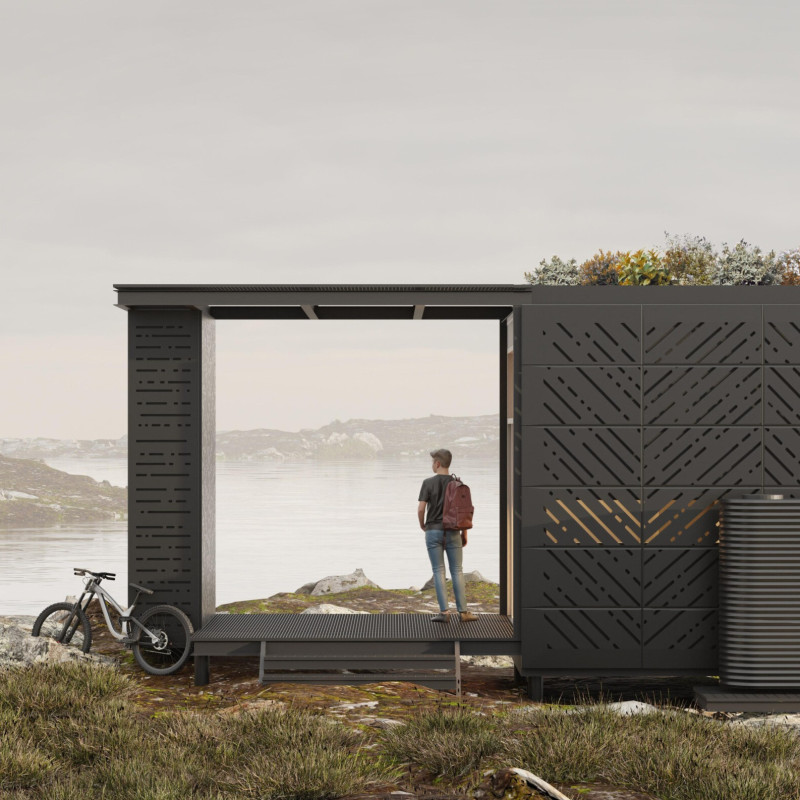5 key facts about this project
This architectural endeavor serves a dual purpose: it functions as a community hub while embodying a narrative that resonates with the users. The building's layout is meticulously planned to create fluidity between different spaces, ensuring that each area effectively supports the activities intended to take place within it. The integration of natural light plays a crucial role in the overall experience, as expansive windows and strategically placed skylights invite sunlight into the interior, enhancing the ambiance and reducing the need for artificial lighting. This not only creates a warm and inviting environment but also aligns with sustainable design practices.
The project's design incorporates a range of materials, each selected for its aesthetic and functional properties. For the building’s structure, the use of reinforced concrete provides durability and stability while allowing for innovative forms and shapes. Additionally, the choice of glass elements promotes transparency, establishing a connection between the indoors and outdoors. This visual interaction encourages a stronger relationship with the surrounding landscape, further emphasizing the architecture’s contextual relevance.
One of the standout features of this project is its unique approach to outdoor spaces. The architects designed a series of terraces and green roofs, which serve as extensions of the interior areas. These outdoor spaces not only provide areas for leisure and recreation but also contribute to biodiversity and improve air quality. The careful selection of landscaping elements complements the architectural forms, creating harmonious transitions between built environments and nature.
Interior spaces are thoughtfully arranged to facilitate a variety of activities. Common areas are designed to promote social interaction, featuring flexible layouts that can accommodate both intimate gatherings and larger community events. The aesthetics within the space focus on natural finishes, including reclaimed wood and stone, which add warmth and texture. This choice of materials reflects a commitment to sustainability and ties the architecture back to its environmental roots.
Furthermore, the project employs energy-efficient systems that reduce its ecological footprint without compromising comfort and usability. Elements such as high-performance insulation, efficient heating and cooling systems, and rainwater harvesting reflect a foresight in resource management, which is becoming increasingly important in contemporary architectural practice.
Unique design approaches manifest in the treatment of facades, which are articulated to break down the building's mass and create visual interest while maintaining a cohesive architectural language. This not only enhances the building's aesthetic appeal but also provides functional shading that reduces solar gain and contributes to energy savings.
The architecture speaks to a broader narrative about community wellness and environmental responsibility. It invites users to engage with their surroundings actively and promotes a culture of sustainability through its design choices and material applications. By focusing on both aesthetic beauty and practical function, this project illustrates how architecture can serve the needs of its community while respecting environmental constraints.
For those interested in delving deeper into the nuances of this architectural project, exploring the architectural plans, sections, and designs offers valuable insights into the thoughtful decisions that shaped its realization. The project's presentation serves as a resource to understand the interplay of function, form, and context in contemporary architectural practice.


 Bogdan - Alexandru Simionescu,
Bogdan - Alexandru Simionescu, 























